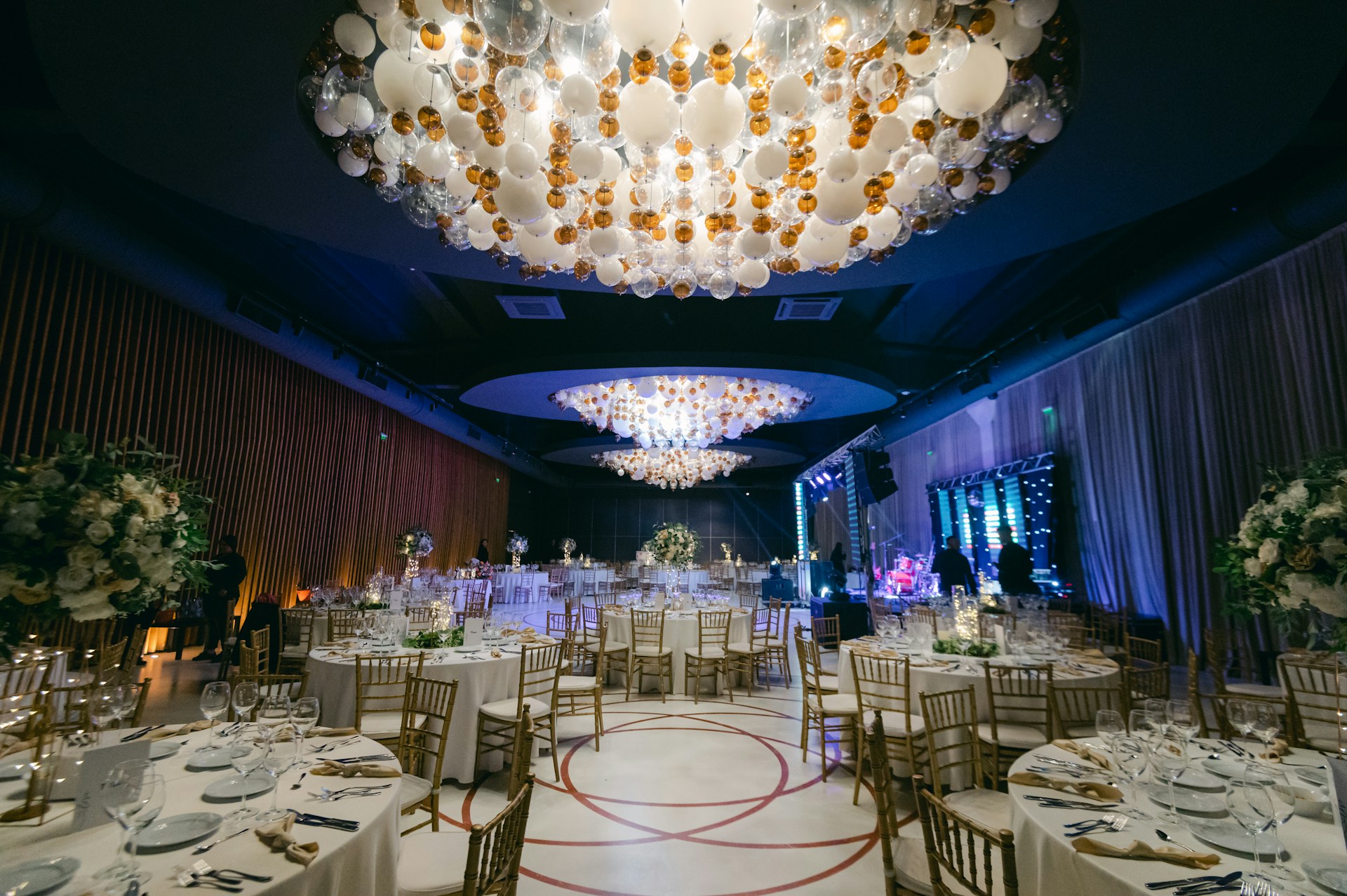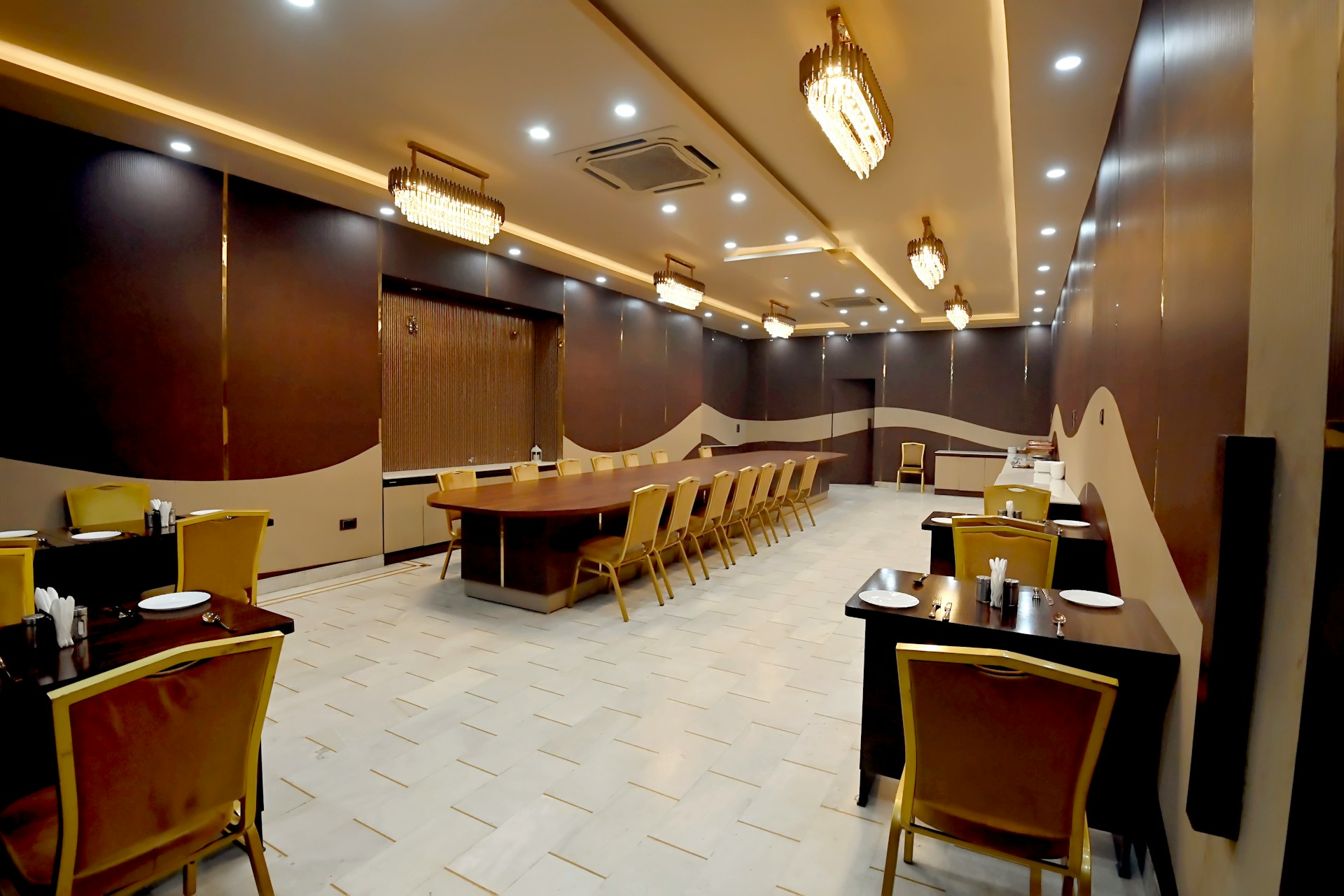Comfort plays a big role in how your wedding day feels for everyone. Whether it’s the couple, the family, or the guests, people tend to enjoy themselves more when the temperature feels just right. That’s why temperature control deserves more attention during wedding planning, especially when you’re thinking about the venue. While florals and decor often take the spotlight, even the loveliest setup can feel uncomfortable if the room is too hot or too cold.
In a place like Norwalk, where weather in early fall can swing between warm afternoons and chilly evenings, maintaining the right balance inside or outside the venue really matters. Good temperature management helps keep the mood light, prevents stuffiness, and supports the flow of the entire event. From the first look to the last dance, staying comfortable gives you and your guests the freedom to enjoy each moment.
Understanding Seasonal Impacts
Weather in Norwalk can be unpredictable, especially heading into September. Early fall tends to bring cooler mornings, warm bursts during midday, and occasional cold snaps in the evening. A wedding planned on a mild September weekend might still face these quick shifts. This makes it important to plan for every part of the day, from rehearsals to the reception.
Humidity is another factor. Even in fall, moisture levels in the air can shift quickly, especially near the coast. That can make a warm day feel hotter and a cool night feel damp. Dress fabrics, hair and makeup, and guest comfort all react differently when humidity swings, affecting the overall experience.
Here’s what to keep in mind through different seasons:
– Spring: Can shift quickly between chilly breezes and warm sun. Ventilation and airflow are key.
– Summer: Hot afternoons can make receptions uncomfortable without shade or cooling setups.
– Fall: Day-to-night temperature changes require layering options and flexible controls.
– Winter: Cold air from outside can create drafts in large spaces. Heating setups need to be reliable and evenly distributed.
Instead of relying on last-minute fixes like fans or space heaters, working with a venue that understands local seasonal patterns allows you to create better coverage throughout the event. Whether you’re watching the weather leading up to the big day or prepping a backup plan, knowing how seasons affect Norwalk’s climate helps you stay a step ahead.
Choosing the Right HVAC System
No matter which month you choose to have your wedding, the heating and cooling system at the venue needs to meet more than just basic demands. A comfortable venue quietly adjusts to the number of people inside, the door opening and closing throughout the event, and changes in outdoor temperature. This doesn’t happen automatically. It takes planning.
When reviewing wedding venues in Norwalk, ask about how the HVAC system is set up. Some venues use zoned systems that allow temperature adjustments in different parts of the venue. This means the ceremony space can stay cool while the dinner area warms up as more guests arrive. It also gives couples a way to handle evening temperature drops without needing to ask guests to bring heavy jackets.
Here are a few questions to ask your venue coordinator early on:
1. Is the HVAC system zoned or centralized?
2. Can individual rooms be controlled separately?
3. How recently has the system been serviced or updated?
4. Do openings like doors or windows affect airflow during events?
5. Is there staff onsite during the event to adjust settings if needed?
One couple planned their September wedding indoors, but their reception space had large windows that faced the west. By late afternoon, strong sunlight caused the room to heat up. Thankfully, their venue had automated blinds and adjustable AC in that section, so the team could quickly lower the temperature without interrupting the celebration.
Good temperature control is rarely noticed, and that’s a good thing. It should blend naturally into the experience so your guests enjoy themselves without distraction. Smart HVAC choices help deliver that outcome.
Managing Large Guest Lists
The more guests you invite, the more heat your venue space absorbs. A full room brings in body heat, movement, and higher demand for airflow. That’s something couples often overlook early in the planning process. A guest list of 200 will feel very different from a small group of 50, especially during dancing hours or when dinner tables are fully occupied.
Airflow gets interrupted more easily in tight spaces. Large groups also tend to gather near popular touchpoints like dance floors, bars, and buffet tables. These mini crowd zones heat up faster than the rest of the room. Preparing for this depends on placing vents, fans, or portable climate tools near these spots, without turning them into distractions.
Here are some helpful thought starters when planning for larger weddings:
– Pick a venue that allows airflow zones to be adjusted during the event depending on guest location.
– Avoid placing tall centerpieces or other high-effort decor too close to AC vents or fans, which can block airflow.
– Make sure high-traffic areas like entrances, bars, and bathrooms have consistent temperature control.
– Ask reception staff if they can quietly adjust thermostat settings during the event based on feedback.
– Consider short schedule breaks, like speeches or toasts, to allow the room temperature to reset after high-activity moments.
Crowds tend to generate warmth and energy. Embrace that feeling, but guide the atmosphere with a layout that doesn’t trap heat or make sections of the room feel uncomfortable.
Outdoor vs. Indoor Venues
Outdoor weddings offer scenic views, fresh air, and flexible space setups, but they also come with unpredictable temperature shifts that are difficult to manage. In Norwalk, fall evenings can cool off quickly even after a sunny afternoon. Without walls or ceilings, the natural breeze can either feel refreshing or chilly once the sun dips or winds rise.
Indoor venues provide more dependable climate control. You can adjust the temperature throughout the day with fewer surprises. That said, plenty of activity, strong sunlight through large windows, or doors being left open for too long can still shift the indoor temperature quickly.
If you’re deciding between indoor and outdoor, or plan to use both, here are a few ways to manage each setup:
– For outdoor ceremonies: Position seating in shaded areas at the time of the event and provide fans or blankets depending on the forecast.
– For cocktail hour outside: Use space heaters or tents with breathable sides as a backup. A light breeze might be pleasant in the afternoon but can feel sharp as evening rolls in.
– For indoor receptions: Set AC slightly cooler before guests arrive to account for added body heat as dancing and activities begin.
– For mixed-use plans: Make sure guests can transition easily between areas in case of sudden weather changes. Clear signage and pathways make the shift simple and smooth.
Thinking through each part of the day helps you design an experience that flows without sharp temperature contrasts. It helps guests stay relaxed and involved.
Practical Tips for Brides and Grooms
Even when the venue provides great HVAC setups, small decisions by the couple can boost everyone’s comfort. None of them require huge changes or stress. They’re just nice touches that support the bigger plan.
Here are a few simple ways to improve overall comfort:
– Pick clothes for the wedding party that match the season. Use light, breathable fabrics in warmer months and layering options in cooler ones.
– Offer weather-specific items to guests like parasols, hand fans, or light shawls.
– Plan high-energy events like dancing for cooler parts of the evening.
– Place water stations in visible areas so guests stay refreshed without leaving the party space.
– Let guests know what kind of weather to expect in advance. They’ll show up dressed the right way instead of guessing.
One couple hosted a waterfront ceremony early in September. Even though the day was warm, the breeze changed by dinner. Luckily, they had planned ahead and handed out light blankets. That one detail kept people comfortable longer, which helped the party stay lively.
Keeping Wedding Guests Comfortable in Norwalk
Great weddings are about more than food and flowers. They’re about how the day feels from start to finish. For couples planning weddings in Norwalk, paying attention to temperature helps the entire event run better.
From understanding local weather patterns to asking the right questions and planning for your guest count, each thoughtful step creates a smoother experience. Whether you’re planning an indoor ceremony, an outdoor celebration, or a mix of both, being ready for temperature changes gives your guests more freedom to relax and enjoy your wedding fully.
A comfortable setting makes everything better. With a little preparation and the right venue, you can create a wedding that feels just right for every moment that matters.
For those planning weddings in Norwalk, integrating smart temperature control can transform your celebration into an unforgettable experience. At LaKota Oaks, we make sure your day is just how you envisioned it, with the right climate control. Learn more about hosting your special day at one of our beautiful wedding venues in Norwalk. Let’s ensure your wedding feels just as wonderful as it looks.





